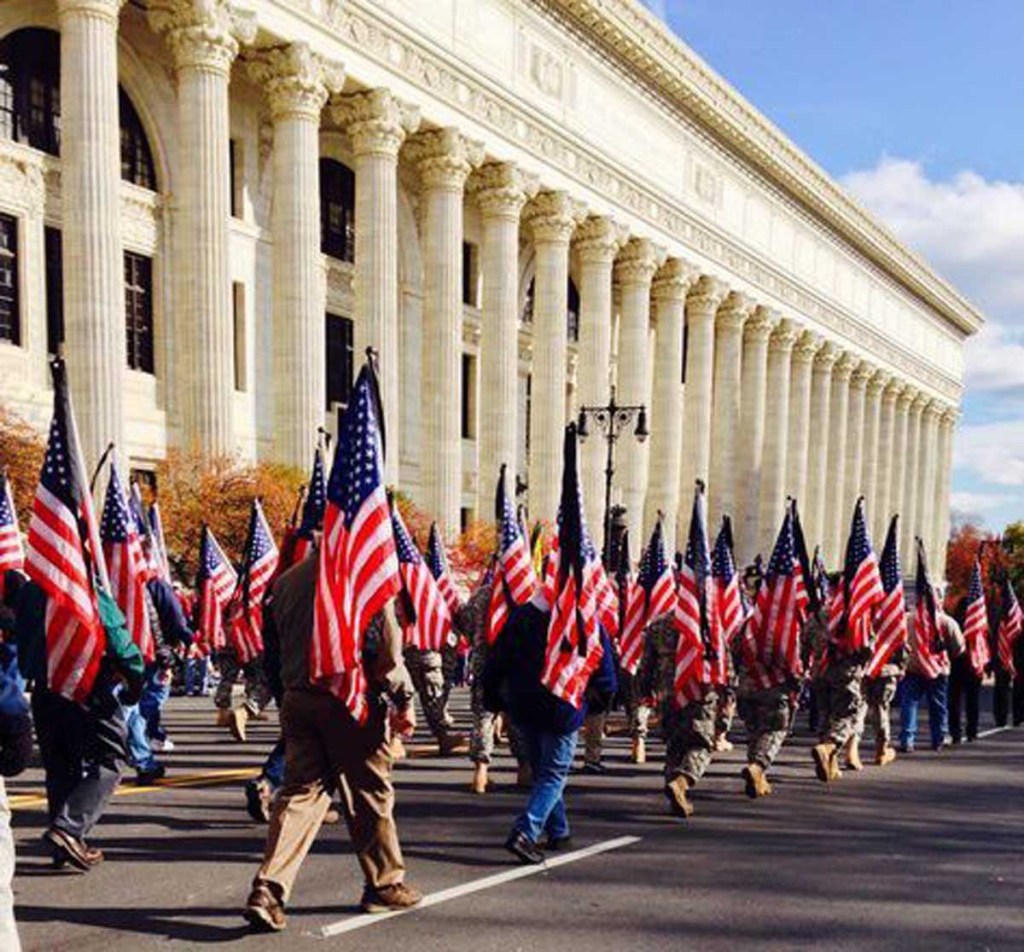Veterans continue to get jobs in the federal government
Published 6:26 am Monday, November 14, 2016

- Veterans
WASHINGTON – The Obama administration last year continued its seven-year-old commitment to bringing veterans into the federal government, with former service members making up 44 percent of all full-time hires.
The largest share of veterans joined the Air Force, where they made up 62.1 percent of new employees in nonseasonal, permanent full-time jobs in fiscal 2015, according to federal data released late last week.
Veterans also were well-represented at other agencies, from the Transportation Department (55 percent) to the Social Security Administration (39.3 percent). They made up 46.4 percent of new hires at the State Department and 39.2 percent at the Labor Department.
Overall, including seasonal and full-time jobs, just under a third of new hires into federal agencies were veterans in fiscal 2015, data from the Office of Personnel Management show.
There was good news for disabled veterans, who represented 43 percent of veteran hires and more than 7 percent of total new employees. Federal employment data show that one in four disabled veterans who are employed work for the federal government.
Since Obama pledged in 2009 to give veterans – particularly those who fought in the wars in Iraq and Afghanistan – an advantage in the long federal hiring queue, the share of full-time, permanent jobs going to them has hovered around 45 percent.
The government brought on more veterans in fiscal 2015 than 2014. But since hiring and turnover affect the overall number of veterans in the workforce, their share dropped slightly, to 43.7 percent from 47.4 percent.
The picture for veteran hiring into government could change under President-elect Donald Trump. He won the support of a majority of former service members in last week’s election. But he also has pledged to shrink the size of government, a shift that would affect veterans and nonveterans alike.
Some bad news for the government: Once veterans get in, they don’t stay as long as nonveterans, the data show, even if they’ve transferred from another federal agency.
The growing presence in government of men and women with military backgrounds has been the most visible federal effort to reward military service since the draft ended in the 1970s.
The effort has fueled culture clashes in some federal offices, though, and resentment from job candidates who did not serve and see their prospects for getting hired diminish. For some federal offices, finding the right fit for veterans who have different jobs skills than their colleagues has been a challenge.
In response to concerns from Pentagon officials, Senate Armed Services Committee Chairman John McCain, R-Ariz., pushed a plan through the Senate this fall that would have knocked out a key advantage for veterans applying for federal jobs.
The change, in a military policy bill, would have taken away a veteran’s right to go to the head of the federal hiring queue not once but twice, because veterans get preference over civilian applicants not just when they apply for their first positions but also when they move between agencies or seek promotions.
Pentagon officials had told McCain and other lawmakers that they were unable to hire qualified candidates for some jobs because of the pressure to hire veterans. But McCain abandoned the proposal shortly before last week’s election under pressure from the veterans lobby.
Some agencies brought in fewer veterans to full-time positions than others, with the Environmental Protection Agency at 21.3 percent; the Education Department 15.1 percent and the Department of Health and Human Services 13.2 percent.





